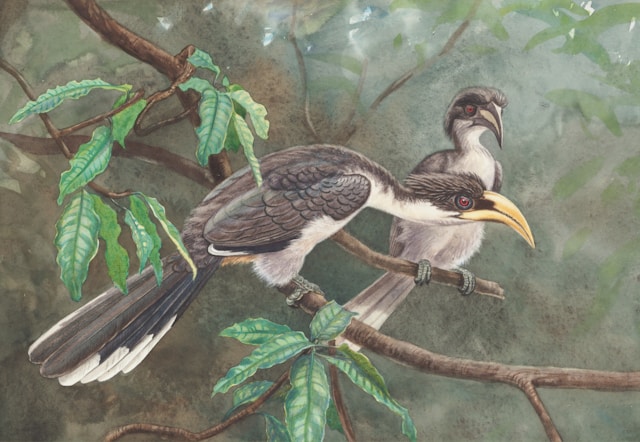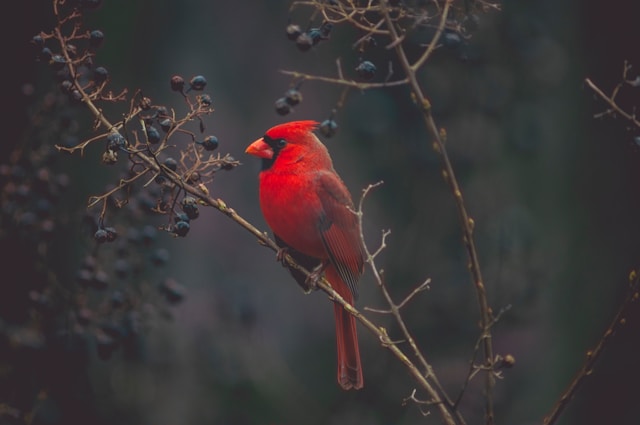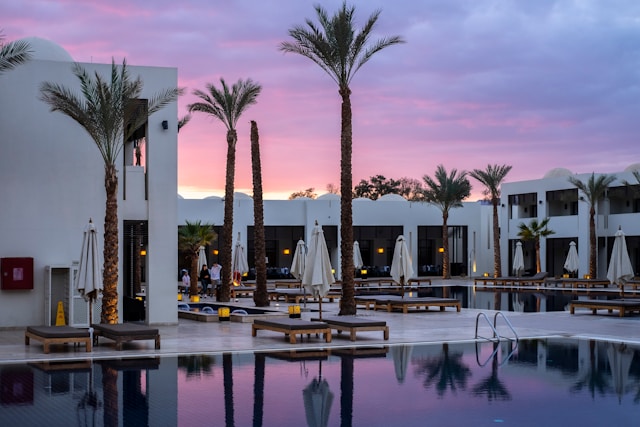Refugio Caiman, located in the heart of the Brazilian Pantanal, is a haven for birdwatchers and nature lovers. With over 650 recorded bird species in the region, it is one of the best places in the world to observe incredible avian diversity. From majestic raptors to vibrant parrots, visitors can experience the beauty of these feathered creatures in their natural habitat. Here are ten incredible birds you can spot at Refugio Caiman.
1. Hyacinth Macaw
The striking blue Hyacinth Macaw is the largest parrot species in the world and a true icon of the Pantanal. With its vibrant plumage and strong beak, this endangered species is a highlight for any birdwatcher visiting Refugio Caiman.
2. Jabiru Stork
The Jabiru Stork, with its massive wingspan and distinctive red throat pouch, is the tallest flying bird in South America. Often seen near wetlands, this impressive bird is an essential part of the Pantanal ecosystem.
3. Toco Toucan
Famous for its oversized, colorful beak, the Toco Toucan is a favorite among bird enthusiasts. This social and playful bird is often found perched in trees, calling out to its flock with a series of croaks.
4. Great Potoo
Master of camouflage, the Great Potoo blends seamlessly into tree bark, making it a challenge to spot. This nocturnal bird is known for its eerie call and unique hunting behavior, feeding on large insects and small vertebrates.
5. King Vulture
With its striking black-and-white plumage and vividly colored head, the King Vulture is an impressive scavenger. It plays a crucial role in maintaining the health of the ecosystem by feeding on carrion.
6. Black-collared Hawk
A skilled hunter of fish and amphibians, the Black-collared Hawk is often seen perched near water bodies. Its reddish-brown feathers and black collar make it a distinctive raptor in the Pantanal.
7. Sunbittern
The Sunbittern is a unique wading bird known for its spectacular wing patterns that resemble large eyes. When threatened, it spreads its wings to display these markings, creating a stunning visual effect.
8. Blue-crowned Trogon
This small yet colorful bird is a true gem of the Pantanal. With its iridescent green back and blue crown, the Blue-crowned Trogon can often be seen flitting through dense foliage in search of insects and fruit.
9. Plumbeous Ibis
The Plumbeous Ibis, with its ashy-gray feathers and distinctive curved bill, is commonly found in wetlands and open fields. Its loud calls make it easy to identify, even from a distance.
10. Red-legged Seriema
Known for its long legs and raptor-like hunting style, the Red-legged Seriema is an intriguing ground-dwelling bird. It preys on small reptiles and insects, often using its beak to thrash its catch against the ground before eating.
Conclusion
Refugio Caiman offers a spectacular birdwatching experience, with an incredible variety of species to admire. Whether you are an experienced ornithologist or a casual nature enthusiast, spotting these ten incredible birds will be a highlight of your visit. The conservation efforts at Refugio Caiman ensure that these birds continue to thrive in their natural habitat, making it a must-visit destination for wildlife lovers.
FAQs
1. When is the best time to visit Refugio Caiman for birdwatching?
The dry season, from June to October, is ideal for birdwatching as many species congregate around water sources, making them easier to spot.
2. Can beginners enjoy birdwatching at Refugio Caiman?
Absolutely! Expert guides are available to help visitors identify different bird species and enhance their experience.
3. What equipment should I bring for birdwatching?
A good pair of binoculars, a field guidebook, a camera with a zoom lens, and comfortable outdoor clothing are recommended.
4. Are there any endangered birds at Refugio Caiman?
Yes, species like the Hyacinth Macaw are considered vulnerable, and conservation programs at Refugio Caiman work to protect them.
5. Can I participate in bird conservation activities?
Yes, visitors can learn about ongoing conservation efforts and contribute by supporting ecotourism initiatives that help protect the Pantanal’s avian life.
Also read : Irresistible Hokkaido Biscuit: A Buttery Delight You Must Try!




Leave a Comment